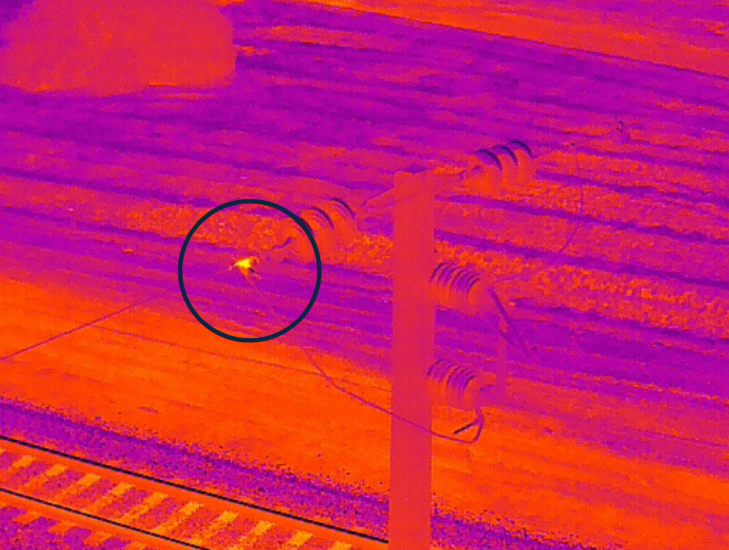SA Power Networks has been authorised by the Civil Aviation Safety Authority (CASA) to conduct long-range nighttime drone operations in South Australia.
In the late evening of July 29 and 30, SA Power Networks’ asset operations team conducted their first nighttime powerline inspection in the Tantanoola to Kongorong areas in the state’s southeastern region. The team used a large multi-rotor drone, equipped with a thermal imaging sensor, to carry out a beyond visual line of sight (BVLOS) thermographic inspection.
The utility’s inspection team uses thermal imaging at night to better detect ‘hot joints’. These are parts of the network where connections might be weak or failing, causing the lines and joints to heat up. At night, background temperatures of the ground below are cooler and more uniform, so high resistance joints become easier to locate and capture. Traditionally, BVLOS drones have been used for asset inspection during daylight hours. However, by conducting thermographic inspections at night, SA Power can monitor its network for faults or failing equipment at optimal times.
When using drones, inspection and maintenance crews only need to attend to damaged assets. This reduces the need to drive through customer land or farms, minimising disturbances to properties and avoiding scaring livestock with loud noises or heavy vehicles.
During the first flight, the team, consisting of a flight crew of two with an observer, successfully inspected powerlines over a substantial distance without accessing any customer property, and have since received positive feedback from the community. They were able to identify various issues along the length of the powerlines.
SA Power Networks estimates that by using drones in place of traditional powerline inspection methods, it could potentially reduce CO2 emissions by up to 98 percent.
For more information




